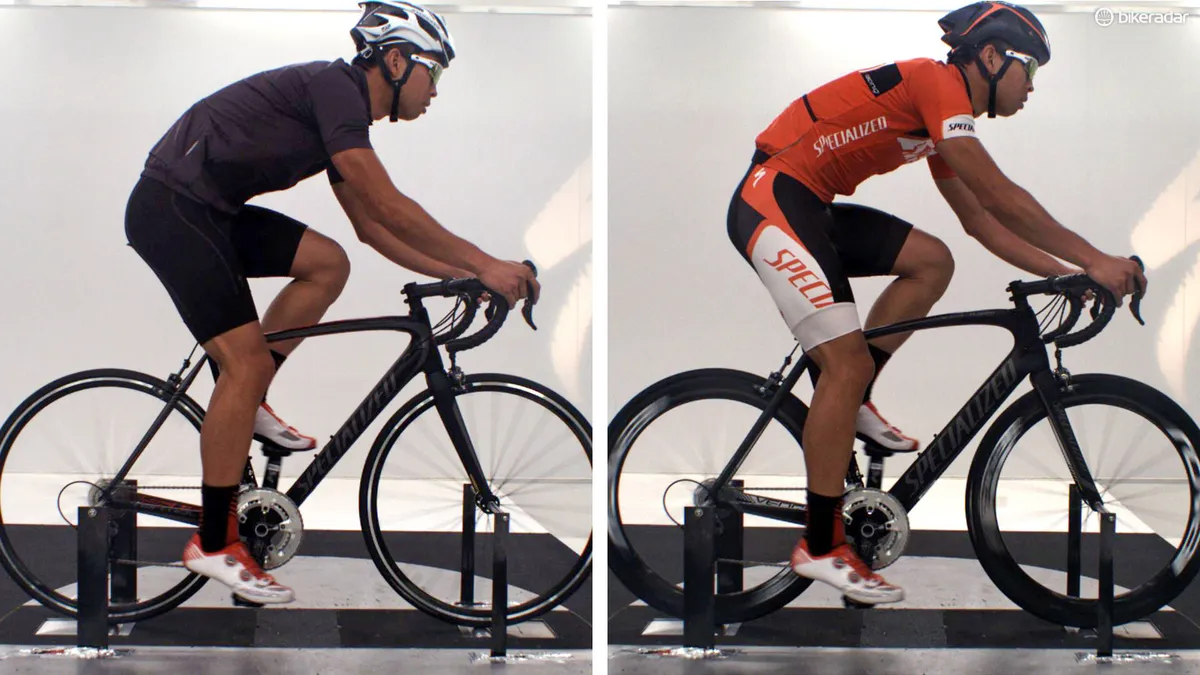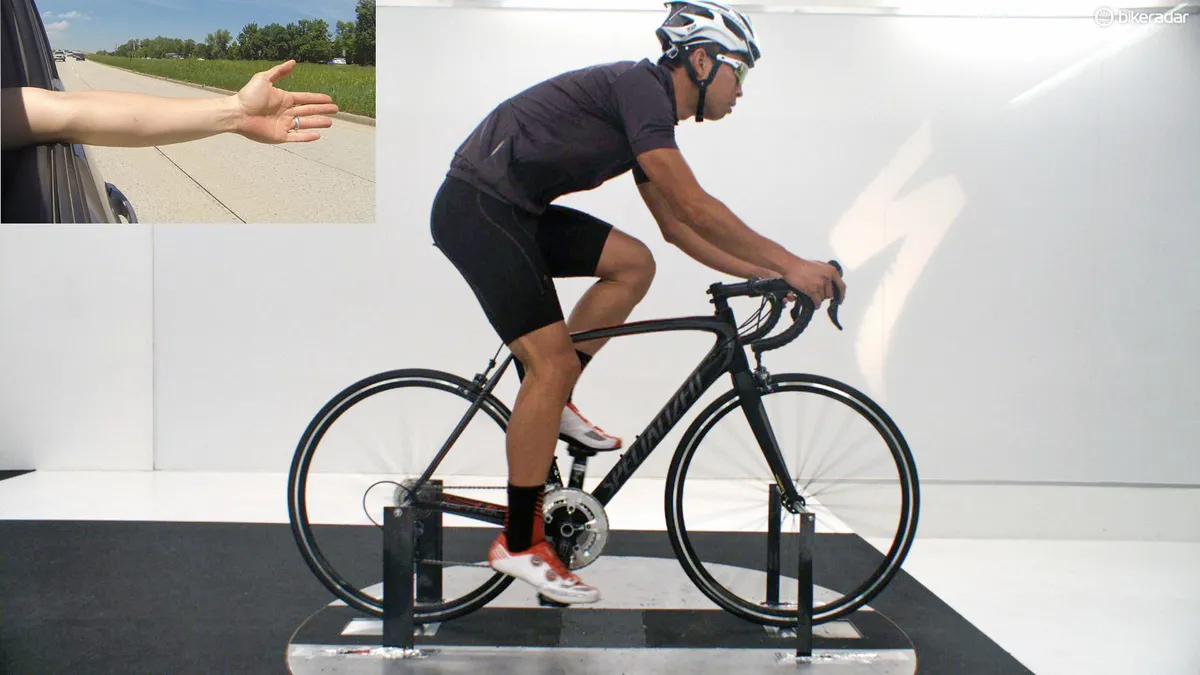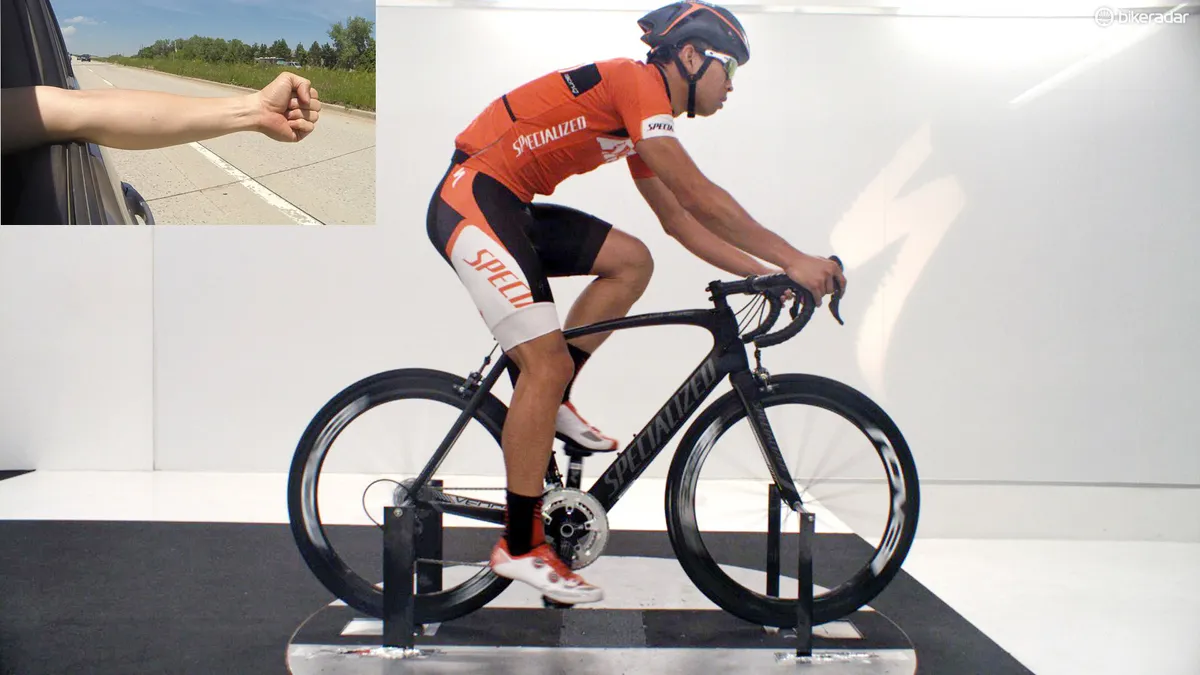With aerodynamics being such a hot topic these days, companies make all sorts of wild numerical claims: X fewer seconds, Y watts saved, Z km/h faster. But what if anything do those numbers really mean to the average cyclist? Is that a difference that actually matters – that you can feel? Well, as it turns out, yes.
It's logical that aerodynamic improvements make riders faster. Except for more arduous climbs, the vast majority of our efforts on the road are spent overcoming air resistance. But while those marketing claims are tantalizing on paper, they're rarely something that average cyclists can discern while in the saddle.
I have long wondered how differences in aerodynamic drag could be translated into easily understood terms. For example, if a non-aero setup was like holding a softball out the window of a car going 70km/h, and an aero setup was like holding a baseball out of the window at the same speed, could you feel the difference?
Wind tunnel time is awfully expensive, though, so we requested a little bit of help from aerodynamicist Chris Yu at Specialized who, conveniently, has a company-owned wind tunnel on site that he can use for esoteric questions like mine.
Yu compared the drag readings from two setups. The first had a round-tubed road bike, shallow-section wheels, semi-form fitting clothing and a non-aero helmet. The second had an aero road bike, 60mm-deep wheels, tight-fitting clothing and an aero road helmet. Yu was the rider in both situations and used the same position throughout.
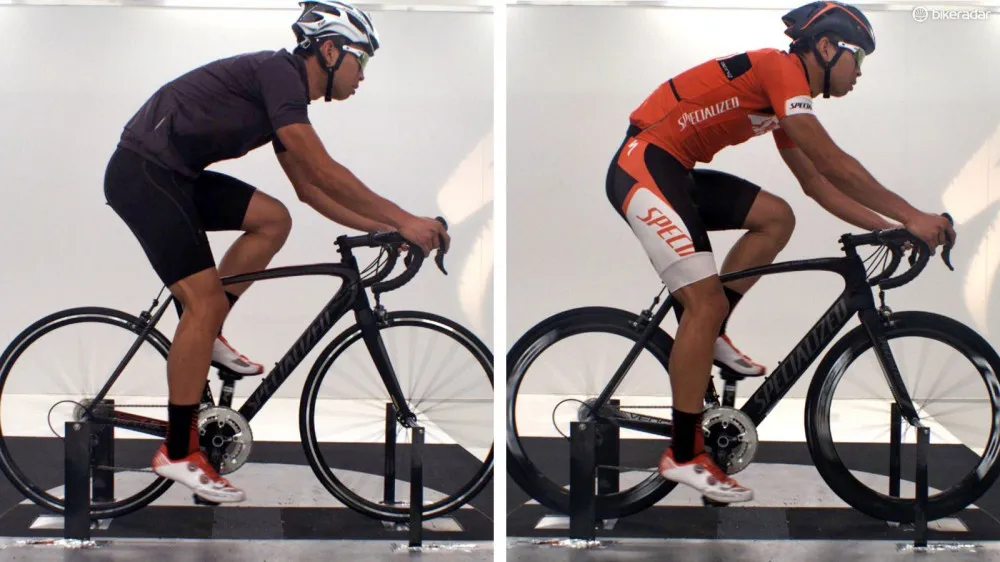
According to Yu, the difference was more than three minutes saved over 40km [25 miles] when at a speed of 40km/h [25mph] – or, as he put it, "enough to stop, take a break and eat with the aero setup and still finish sooner than with the traditional setup."
So how does that relate to our 'hand out the window' comparison?
"The baseball versus softball isn’t actually enough of a difference," Yu said. "The force difference between the two setups above at 40km/h is about the same as the force difference between your hand palm forward out the window of your car at 70km/h versus a closed fist or hand pretty close to level at the same speed."
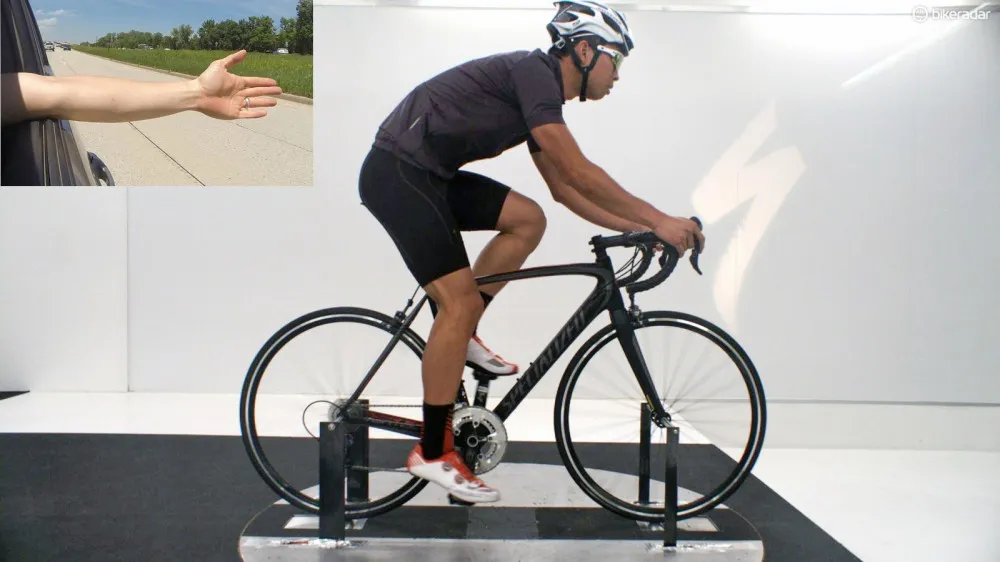
In other words, stick your hand out the window of your car the next time you're moving at about 70km/h (43.5mph). Hold your palm vertical to the ground for a bit, and then make a tight fist. According to Yu, that difference in resistance you feel is about the same as comparing a traditional road setup and an aerodynamic one traveling at just 40km/h.
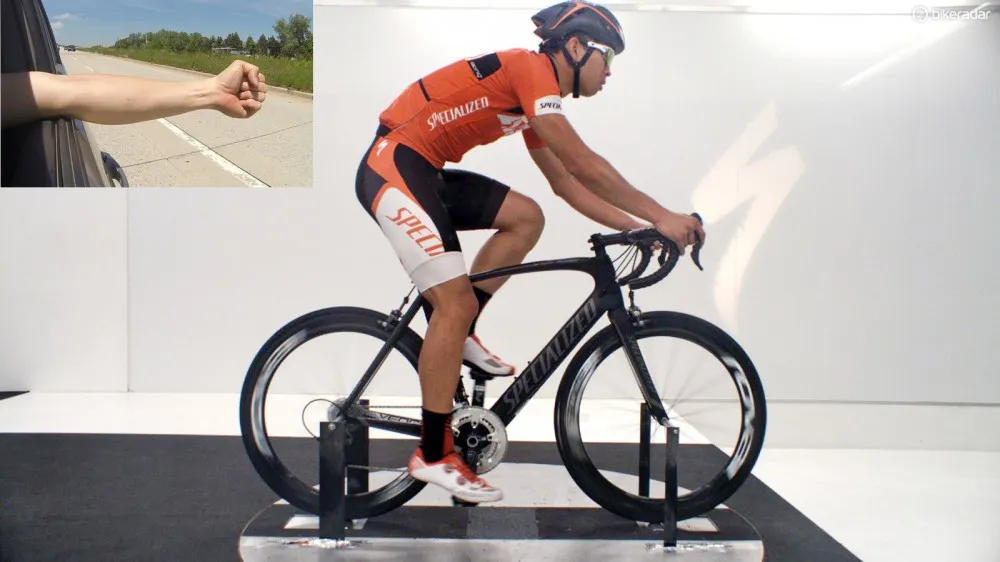
And I can hear you already: "But I don't ride at 40km/h!" Since aerodynamic drag increases exponentially with speed, it's true that the force differences you might experience between an aero and non-aero setup will be less dramatic. The time differences, however, will actually be greater than if you were moving faster. Counterintuitively, this means that slower riders will get more benefit from aerodynamic gains than faster ones.
I'm not trying to push you to go full-on aero, and every rider has their own priorities (and 'just having fun' is a totally valid one). In fact, I myself still usually use non-aero gear when I'm just out for a spin. However, it's hard to ignore the difference if your primary goal is going faster. And if nothing else, it's a fun little experiment you can do yourself.
Thanks to Chris Yu at Specialized for the help with this week's column. And lest you cynically decide to dismiss all of this as a marketing ploy, keep in mind that Specialized offers an awful lot of decidedly non-aero gear and just launched the brand-new, round-tubed S-Works Tarmac.
